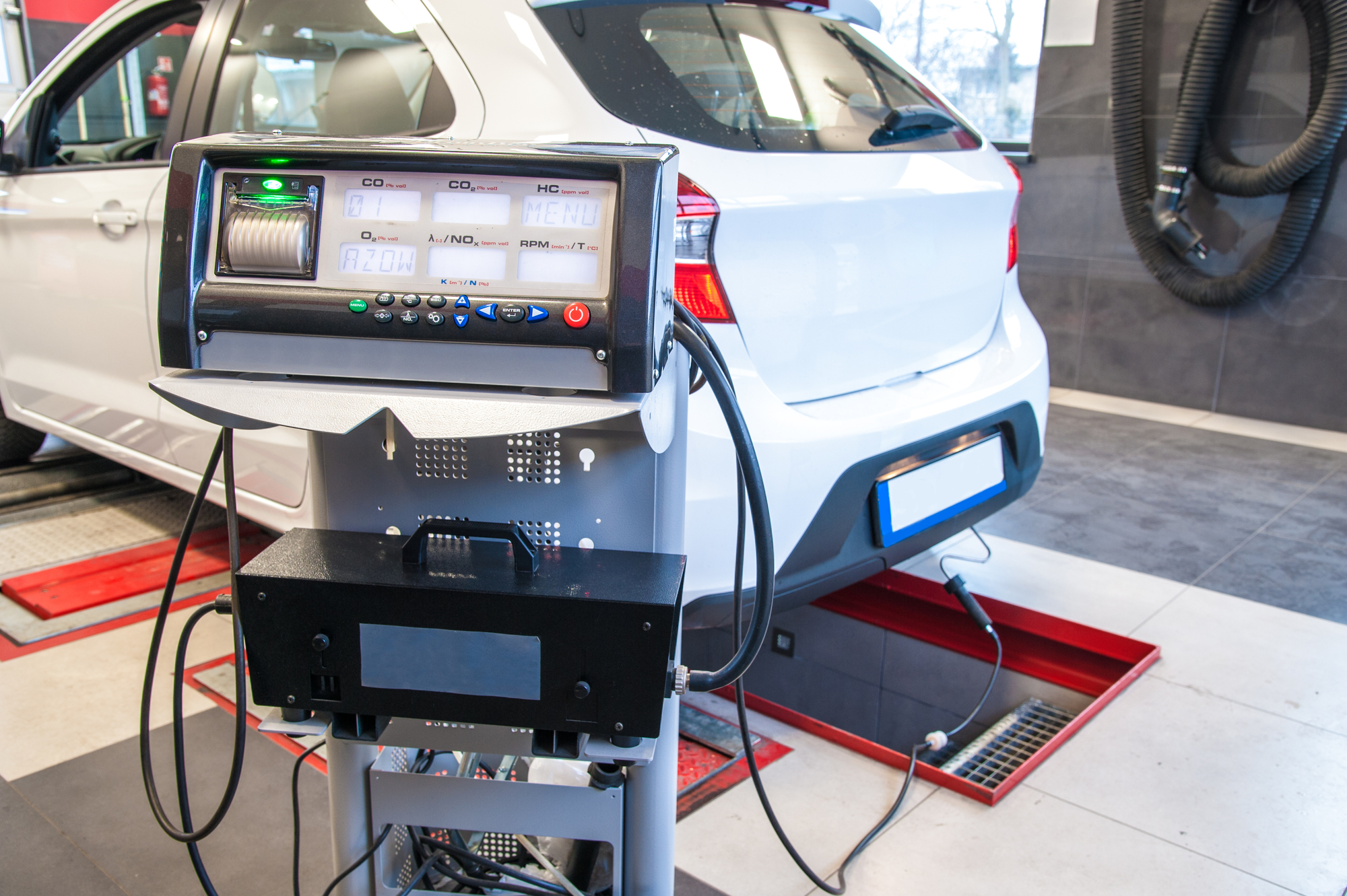Worried about your vehicle emissions test? Planning ahead can ensure that your vehicle passes the emissions test and won’t leave you pressed for time if you run into trouble.
What is vehicle emissions testing?
An emissions test is performed on vehicles to check for pollutant emissions generated by the vehicle’s engine. There are specific standards a motor vehicle needs to meet in order to pass an emissions test. Unfortunately, it’s not uncommon to fail emissions testing, especially if you’re not prepared for it.
What cars need testing in AZ?
1967 and newer models (over five years old) require a vehicle emissions test, including gasoline and diesel-fueled versions. Hybrid and alternative/ flexible fuel vehicles also require emissions testing. Emissions testing is required every 1 to 2 years, based upon the weight and age of the vehicle.
What should I do before vehicle emissions testing?
A lack of maintenance causes most of the problems that contribute to test failure. Taking proper care of your vehicle, having essential maintenance tasks performed regularly, like changing the oil or replacing the air filter, can make a significant difference.
Make Sure It’s Working Properly
Don’t get an emissions test if your vehicle isn’t working properly. If your vehicle is experiencing obvious problems, it would be a waste of money and time having it tested. Take it into a good auto care shop first to have it inspected and repaired.
Get an Oil Change
If you haven’t had an oil change within the last 5,000 miles, have it done prior to the emissions test. An oil change will help ensure a cleaner-burning engine. Contaminated oil can cause higher emissions and a failed test.
Check the Tire Pressure
Somewhat higher tire pressure will allow the engine to turn the wheels with more ease. This puts less stress on the engine and helps it burn cleaner at varying speeds. For example, your vehicle will run a bit cleaner at 25 MPH if the tires are inflated to 45 PSI as opposed to 35 PSI.
Warm Up the Engine
In order for the engine to run as clean as possible, it needs to warm-up because engines burn fuel, to produce complete combustion. The warmer an engine is, the fewer hydrocarbons will be driven out of the tailpipe.
Use a Fuel Additive
Fuel additives help clean up carbon deposits that collect in the engine’s intake and exhaust paths. This makes it possible for fuel and air to flow smoothly through these paths. This helps lower emission levels, improving combustion and the engine’s overall performance.
Battery Recently Disconnected?
If your vehicle’s battery has recently been disconnected for whatever reason (jump-starting/replacing the battery, etc.), postpone having emissions testing until you’ve driven the vehicle at least 100 to 200 miles. When the battery is disconnected, and the vehicle’s computer loses power, the self-test monitors may be erased. You can’t pass vehicle emissions testing if the emission monitors aren’t active.
Shut Off the “Check Engine Light”
In most states, an illuminated “check engine” light triggers an automatic failure of the emissions test. There are several ways to try to turn off a check engine light, like replacing the gas cap if yours is leaking fumes.
However, the best thing to do is to have the cause of the malfunction addressed. Vehicle emissions testing has been put in place not just to protect the environment, but to protect everyone on the planet. The easiest way to get your vehicle passes is to bring your truck or car in so we can help. Contact us today.






